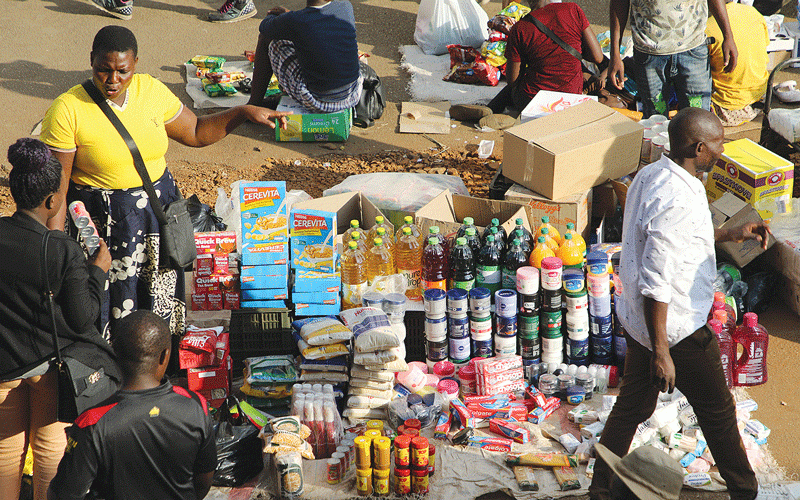
WATER levels at Bulawayo City Council’s supply dams have reportedly dropped to on average of 44,83% of their holding capacity, amid fears some dams could be decommissioned as early as April.
By Nqobile Bhebhe
The 44,83% average was as of November last year, which translates to 21 months’ supply of water for the city, raising the possibility of a fresh water-rationing regime.
Mtshabezi had 75 % capacity, Lower Ncema 71,53%, Insiza 64,36%, Inyankuni 19,7%, Umzingwane 11,98 % and Upper Ncema 2,05%.
“The total volume was 185 896 973 cubic metres, of which the usable volume was 169 311 865 cubic metres. During the same period last year, the operational dams contained 265 322 010 cubic metres of water – that is 64% — which was 19,16% more than the current storage. Upper Ncema had been decommissioned.”
According to the latest council report, in terms of depletion period Insiza Dam is projected to run out of water in April 2018, Inyankuni in March next year, Lower Ncema this December, Umzingwane next month and Mtshabezi in 2021. Last year, council said it would from “time to time meet to review the situation”.
Bulawayo needs about 140 000 cubic metres of water daily for both domestic and industrial consumption, but the growing population now outstrips supply capacity.
Over the years, Bulawayo has been facing water shortages, which have been attributed to the increasing demand in the city.
- Chamisa under fire over US$120K donation
- Mavhunga puts DeMbare into Chibuku quarterfinals
- Pension funds bet on Cabora Bassa oilfields
- Councils defy govt fire tender directive
Keep Reading
The last dam was commissioned before independence, and since then no new dam has been constructed by the post-colonial government to correspond with the growing population.









